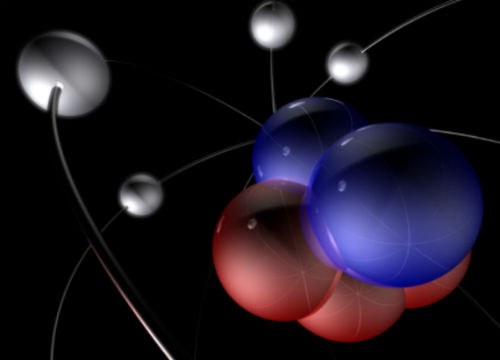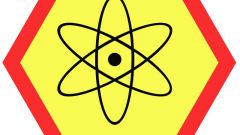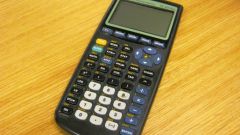You will need
- - periodic table of the chemical elements (Mendeleev table);
- is the charge of the proton;
- - chemical elements.
Instruction
1
Every atom of matter is described in the periodic system of chemical elements. Locate the cell element corresponding to the investigated atom. At the bottom of the cell, find its relative atomic mass. If it is a fractional number, round it to an integer (this is the relative atomic mass of the most common in nature of the isotope). This number reflects the number of nucleons in the atomic nucleus. Find the serial number of the studied chemical element. It is equal to the number of protons in the nucleus. Determine the number of neutrons, subtracting the relative atomic mass the number of protons. Example. Find the number of protons in an atom of iron. The iron atom corresponds to the chemical element Fe (ferrum). Its relative atomic mass is 56. The ordinal number of the element is equal to 26. The number of neutrons N=56-26=30.
2
For a particular isotope is always given for more clarification. Before designation of an element indicates its relative atomic mass and number in the periodic table. In this case, take the atomic mass found on the records of the isotope. For example, ordinary oxygen has mass number 16 and number 8, the number of neutrons N=16-8=8. Its stable isotope oxygen-18 has the appropriate mass number and number of neutrons in the nucleus N=18-8=10.
3
Determine the number of neutrons the mass of the nucleus and its charge. If the mass is given in kilograms, divide it by the number of 1,661∙10^(-27). The result is the mass in atomic mass units (relative atomic mass). The nuclear charge in coulombs divide by the number 1,6022•10^(-19) (charge of a single proton in coulombs). This is the number of protons. The translation of all values round to the nearest integer. Find the number of neutrons, subtracting the relative atomic mass the number of protons. Example. The mass of the atom is equal 11,627∙10^(-27) kg the Charge of its nucleus is 4.8•10^(-19) Coulomb. Find the average atomic mass of an element 11,627∙10^(-27)/(1,661∙10^(-27))=7. Calculate the number of protons is 4.8•10^(-19) C/(1,6022•10^(-19))≈3. Determine the number of neutrons N=7-3=4.



